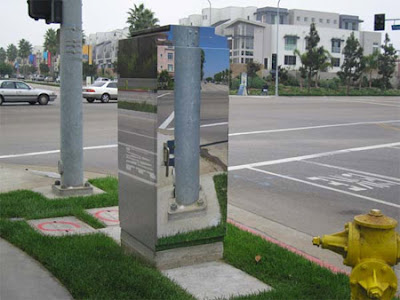"WONDER WOMAN, FREED OF HER BONDS, ADMINISTER SOME BADLY NEEDED CHASTISEMENT."
 "You're A Silly Girl, Naha, To Let Deception Rule You! I'm Going To Cure You Of This Foolishness!"
"You're A Silly Girl, Naha, To Let Deception Rule You! I'm Going To Cure You Of This Foolishness!""Ow-Ow! I'm Cured! I'll Obey You!"

THAT NIGHT WONDER WOMAN'S NEW SLAVE PRESENTS HERSELF.
"Here Is Your Whip, Mistress! I Haven't Had My Daily Beating!"
"Don't Be Absurd! I Wouldn't Beat You! Tell Me Your Story!"
Tags:
comics,
crazy,
spanking,
superheroes,
vintage
Plains Indian Ledger Art



 Beginning in the 1860s, Plains Indians moved their drawings from animal hides to accountant ledger books. These ledger books were acquired through trade with Anglo-Americans or in raids with military soldiers. Ledger painting, in the form of pictographs, became a form of communication in many of the Indian schools because the Indians were forbidden to speak their native language and they did not know English. Traditional paints and bone and stick brushes used to paint on hide gave way to new implements such as colored pencils, crayon, and occasionally water color paints. During the end of the Indian wars, when many warriors were imprisoned at Fort Marion, Florida, captives used ledger drawings to illustrate their war battles. These pictographs became a visual history of their lives.
Beginning in the 1860s, Plains Indians moved their drawings from animal hides to accountant ledger books. These ledger books were acquired through trade with Anglo-Americans or in raids with military soldiers. Ledger painting, in the form of pictographs, became a form of communication in many of the Indian schools because the Indians were forbidden to speak their native language and they did not know English. Traditional paints and bone and stick brushes used to paint on hide gave way to new implements such as colored pencils, crayon, and occasionally water color paints. During the end of the Indian wars, when many warriors were imprisoned at Fort Marion, Florida, captives used ledger drawings to illustrate their war battles. These pictographs became a visual history of their lives.
Tags:
drawing,
illustration,
Kiowa,
painting,
vintage
Subscribe to:
Posts (Atom)
















 "Hug!"
"Hug!"



























